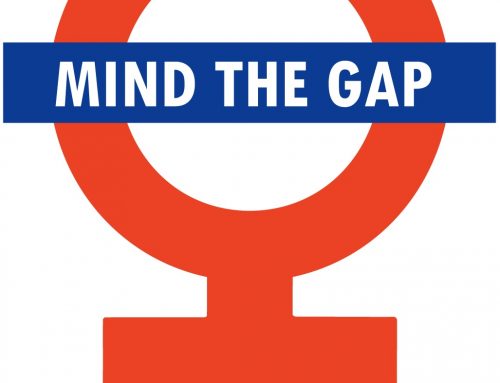 Communication is one of the most fundamental skills a professional can possess. Yet communication is far more nuanced than word choice or clarity of ideas expressed. Further, men and women communicate differently due to the way boys and girls are socialized in early childhood.
Communication is one of the most fundamental skills a professional can possess. Yet communication is far more nuanced than word choice or clarity of ideas expressed. Further, men and women communicate differently due to the way boys and girls are socialized in early childhood.
These styles are established in childhood. Boys tend to assert dominance in their interactions with other boys and conversations are approached with an eye to “coming out on top.” Girls learn quickly that they will be isolated from their peers if they are too “bossy,” and many of them learn to strive for a sense of equality in the group.
Different communication styles between men and women may reinforce gender bias in the workplace in some surprising ways. These differences are further entrenched and conversational rituals that women and men engage in may confuse or anger the other person. Women exchange compliments in their conversational rituals and so if Sally compliments Bill on his conference presentation, she expects one in return. When he does not give her one, she might press and ask what he thought of her presentation. He will then launch into a full critique of her speech, her tone of voice, the content of the presentation while Sally is both insulted and angered. To Bill, her question provided him an opportunity to challenge her, to poke holes in the discussion. Not to belittle her, but rather to take the oppositional stance: challenge, explore the idea. He expects a back and forth. But Sally thinks he’s “mansplaining,” rather than encouraging her.
This is just one example where communication can go awry and reinforce the biases that hold women back. Without digging too far into the research, let’s highlight a few main areas where conflict could occur.
According to changingminds.org, men tend to speak with the following underlying objectives:
- To assert one’s position of dominance.
- To attract and maintain an audience.
- To assert one’s self when another person has the floor.
Women, on the other hand, speak with other goals in mind:
- To create and maintain relationships of closeness and equality.
- To criticize others in acceptable (indirect ways).
- To interpret accurately and sensitively the speech of other females.
A quick glance at this list shows how bias in the workplace can flourish. If men tend to seek dominance and women look to create relationships based on equality, it appears obvious that a conflict will exist for the woman who does not use dominance-related tactics. These lists veer close to stereotypes, yet I believe a vast body of academic literature brings up salient points. Men and women communicate differently and the approaches might clash despite every attempt to create gender parity.





